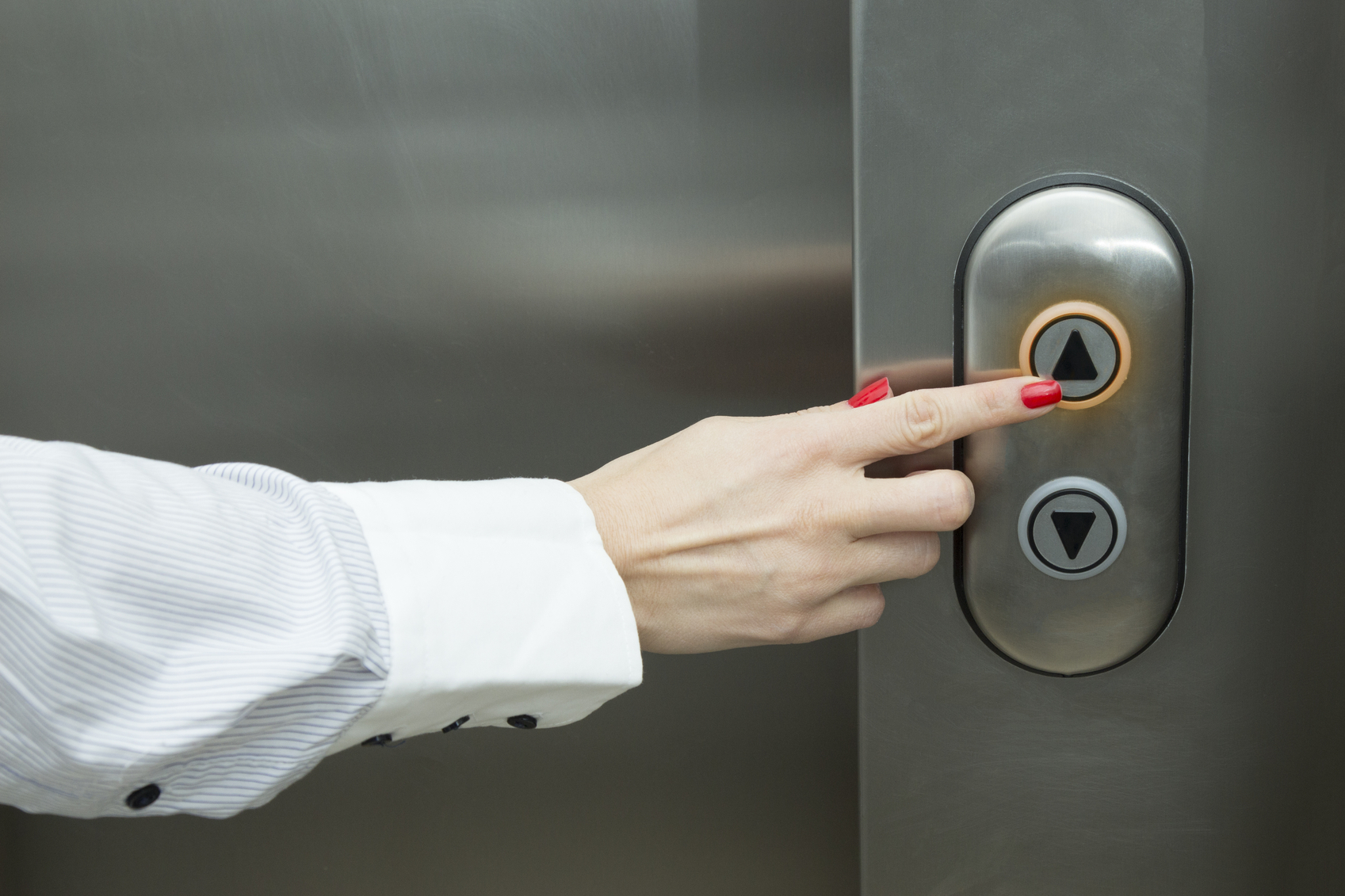Deciphering the Intricacies of Lift Technology: Troubleshooting Common Issues Throughout Lift Models
From sluggish operation concerns to strange sounds originating from the machinery, fixing typical problems across various lift models requires an eager eye for information and a systematic approach. Keep tuned as we browse via the labyrinth of lift malfunctions, seeking remedies to the enigmatic troubles that can interfere with the smooth performance of these important apparatuses.
Determining Slow Procedure Issues

Following, examine the electric connections to ensure that all components are appropriately connected and operating. Malfunctioning electrical wiring or loosened links can result in reduce operation or complete breakdown of the lift system. Furthermore, it is crucial to check the control system to establish if the concern hinges on the programming or sensing units.
If the aesthetic evaluation and electric checks do not disclose the origin of the slow-moving operation, additional diagnostic examinations may be needed. These could consist of stress examinations for hydraulic systems, voltage tests for electric elements, or running analysis software application for the control system. repair and maintenance services. By complying with an organized method to troubleshooting sluggish operation problems, you can effectively deal with the problem and recognize, guaranteeing the lift runs safely and effectively
Resolving Odd Noises
To successfully fix lift modern technology for unusual sounds, a comprehensive assessment of the lift parts adhering to the identification of slow operation problems is imperative. Unusual noises in lifts can be a sign of underlying issues that call for punctual focus to make certain the safety and reliability of the system.
Additionally, it is vital to describe the lift supplier's upkeep standards and look for aid from certified technicians when handling complex lift components or unfamiliar troubleshooting procedures. By quickly solving and attending to odd noises underlying issues, lift operators can ensure the optimum efficiency and security of the lift system for travelers and operators.
Dealing With Faulty Control Issues
An efficient strategy for resolving malfunctioning control problems in lift modern technology includes conducting a thorough analysis of the control system's elements and functionality. When coming across issues with lift controls, it is critical to very first check for any type of loosened connections, harmed electrical wiring, or malfunctioning sensing units. Verifying that all control switches, keypads, and displays are operating correctly is likewise essential in identifying the trouble precisely.
If no noticeable issues appear, professionals ought to continue to inspect the control panel for any type of indicators of water overheating, damages, or corrosion, as these can often result in manage breakdowns. In addition, resetting the control system or upgrading the software may assist solve particular problems or bugs causing the problem.

Tackling Hydraulic System Malfunctions
The efficiency of hydraulic systems in lifts depends greatly on the correct functioning of different elements within the system. When hydraulic systems breakdown in lifts, it can lead to operational interruptions and security concerns.
An additional constant hydraulic system malfunction is a loss of pressure, which can result from air going into the system, liquid contamination, or pump inefficiencies. Specialists can address this by hemorrhaging the system to get rid of air, changing contaminated fluid, or servicing the pump as needed. Furthermore, irregularities in hydraulic fluid degrees or uncommon sounds during lift operation may indicate underlying system malfunctions that need instant interest to avoid more damages. Normal upkeep and prompt troubleshooting of hydraulic system concerns are crucial to ensuring the efficient and safe operation of lift technology.
Managing Electric Element Failures
Addressing electric element failures in lift technology demands a methodical method to diagnosing and resolving concerns to preserve operational capability and security standards. When encountering electrical problems in lift systems, it is essential to very first carry out a comprehensive examination of the electric components, consisting of control panels, circuitry, sensing units, and circuit card. Any indications of damage, deterioration, loosened connections, or burned aspects should be very carefully noted and resolved quickly to stop additional complications.
When it comes to electrical element failures, it is necessary to follow maker guidelines for fixing and repair procedures. This might involve checking the components utilizing multimeters, oscilloscopes, or various other diagnostic tools to determine the exact source of the breakdown. Additionally, having an extensive understanding of the lift's electric schematics and wiring representations can assist in identifying and correcting problems successfully.
Regular maintenance and assessment timetables can help london lift company avoid electric failings by spotting prospective concerns early on. Appropriate training for lift service technicians on electric systems and components is also important to make sure exact medical diagnosis and reliable resolution of electric problems, ultimately contributing to the general security and dependability of lift operations.
Conclusion
To conclude, repairing lift modern technology calls for a systematic technique to recognize and address common problems such as slow operation, strange noises, faulty controls, hydraulic system malfunctions, and electric part failings. By recognizing the complexities of lift technology and following proper troubleshooting actions, professionals can properly resolve concerns and make certain the effective and safe operation of lifts throughout different designs.
To efficiently troubleshoot lift modern technology for odd noises, an extensive evaluation of the lift parts following the identification of slow-moving operation issues is important. Strange sounds in lifts can be a sign of underlying problems that call for timely attention to make sure the security and reliability of the system.A reliable london lift company technique for addressing malfunctioning control problems in lift modern technology includes conducting a detailed assessment of the control system's parts and capability.The efficiency of hydraulic systems in lifts relies greatly on the proper performance of various elements within the system. repair and maintenance services. When encountering electric problems in lift systems, it is vital to first lift companies in London perform a comprehensive examination of the electrical parts, including control panels, electrical wiring, sensing units, and circuit boards